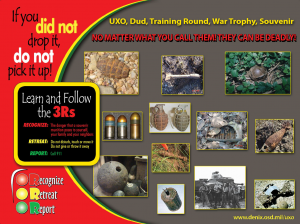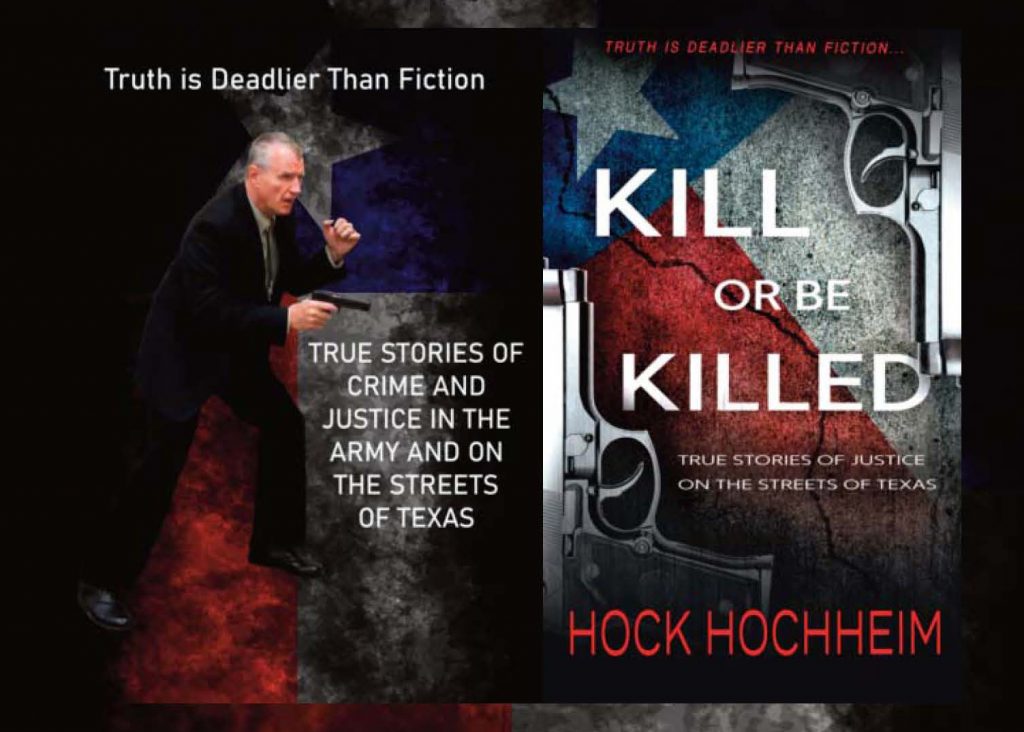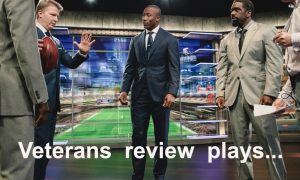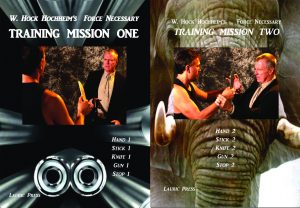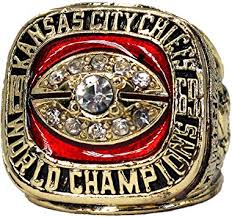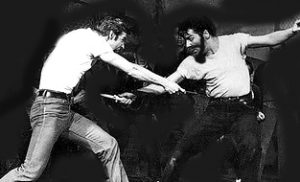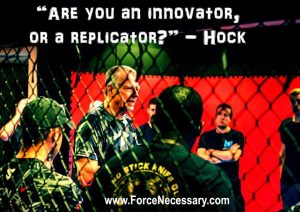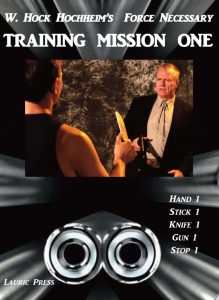Your Signature Moves and the Pareto and the Mental Model?
Mental models are descriptions of reality that apply across every area of our life, usually don’t get outdated, and provide good results by helping you make better decisions. What is an example of a mental model? One of the most famous and valuable mental models is called the Pareto Principle. Use the 80-20 Pareto Rule to create your signature moves
You probably know it as the “80-20 rule.” This mental models says that most of your results are going to come from just a small percentage of your effort or work.
Vilfredo Pareto, the man who “discovered” this principle noticed that 80% of the land in his area was owned by 20% of the people. He looked in his garden, and saw that 80% of the peas were in 20% of the pea pods. Then he realized that this was something like an organizing principle of life.
This phenomena applies across many domains including productivity, happiness, business, health, etc. Here are a few examples:
- 20% of relationships lead to 80% of happiness.
- 20% of exercises lead to 80% of health benefit.
- 20% of items on your to do list lead to 80% of productivity.
You know me, the eternal skeptic, and maybe the percentage might be 18% or 25%? But I do get the overall idea. This model is much more complex and it can be applied to infinitely more, but this basic concept allows you to quickly acquire what counts. In our “fighting world,” just look at the UFC and see what is actually and consistently done, juxtaposed with the total martial arts systems, techniques and methods of the world and history. Who, what, where, when, how and why?
In the “fight world” competition fighters have a small collection of go-to signature moves (and strategies). Opponents study those moves by way of films, personal observations and interviews to win. But what of war and crime? You might say that militaries have overall, signature strategies. But what of defending yourself against criminals? Criminals and the classic bullies have no films to study on you, to prepare for your signature moves.
I am not talking about hobby sports and arts here. Just survival. I would venture to say that you need some personal signature moves that best suit you, compiled after you do an extensive study in the “who, what, where, when, how and why” questions. This is why the cookie cutter, martial arts systems are not the best manufacturers of the survival, self defense product, and they can be very one-dimensional. Thai fight Thai. Boxers box. Wrestlers wrestle with no strikes. Etc. One dimensional, offering abstract skills to deal with the harsh, mixed-weapon chaos of the world. (I might add that I do not like the words “self defense” and “fight” or “fighting,” as they can be misleading and hackneyed when discussing survival. Still, I must use them for the lack of more succinct nouns.)
I resolved this signature concept by insisting that people study to develop their signature moves for their size, shape, strength, age, coordination and predicable situations-and then later, non-predicable situations. It’s the biggest part of the “Who” question.
- “Who are you…really!”
- “Who do you think you will really be fighting?”
- “Who are you legally, as in the eyes of the law? (Pee Wee Herman or Hulk Hogan?)”
- I frequently confess in seminars that “I can never tell you how to fight.” That is your job and the job of your local instructor, if he or she has sufficient “Martial IQ.” Not my job as a traveling seminar circus. I must shoot for concepts. You must experiment, pick and choose your so-called signatures. That is why in my hand, stick, knife and gun courses, I want to expose people to a college-like, experience-collection of many good things. Work on them, select wisely and collect what you want, need and can do. You cannot and should not embrace them all, because, here is where we get into the age-old debate of “too many techniques.” Too many techniques to choose from and therefore slows you down, it is claimed. I don’t think there is one universal “too many line” to draw because every person is genetically different. in terms of retention and education-ability. I have decided to create an exposure course (like college). You pick your majors and minors. You experience diversity and savvy. Study systems, but study systems to defeat them, not become them. I do think one might become “Martial Sick,” just adding and adding and adding until you vomit. There are indeed some things that are so smart, so simple and universal.
Some instructors will say “get 5 things.” “Come to my ‘5 Things’ school.” But then they one-dimensionally speak of only unarmed things. What of stick things, knife things, gun things? Five, then 5, and 5 and 5 more? What of standing through ground problems? That’s a matrix of mixed things! That’s a whole lot of simple things. I struggle with this numbers games by seeking the drill/exercises that are multi-purpose. Learn one movement, change the position and weapons. I must be ever vigilant in finding these short cuts for you. That’s my job. My mission.
In the end your signatures are also facing perishability. Will you do these things, say…for the rest of your life? Or, will these signature things slowly erode away. Perishability is another topic for another time, but will your signature become dim and unreadable. And in this vein, let me mention quickly that you need to review your signature moves every 5 or 6 years or so because as you age, you may not be able to execute them as well, or at all.
We fight criminals, enemy soldiers and our “drunk uncles.” I could go on with a lot of anecdotal stories, lessons and name-dropping here, but I think you get the point? Please take a deep dive in the “who, what, where, when, how and why” questions. Exercise and experiment with unarmed and mixed weapons. Collect things for you, yourself. Improve your “Martial IQ” and your “Martial Savvy” with skepticism and awareness. Don’t get yourself, “Martial Sick.”
This is all about YOU. Not me. Not the perpetual-ization and worship of systems and their god-heads. YOU! Get some signature moves for situations.
Sign your name on these dotted lines…
______________________________________
Read more on Pareto 80-20 and life in general
Hock’s email is HockHochheim@ForceNecessary.com
#combatives #martialarts #martialartstraining #kravmaga #preparedcitizen #counterbladetactics #PoliceDefensiveTactics #defensivetactics #selfprotectiontraining #selfdefensetraining #trainforthefight #selfdefense #selfprotection #urbancombatives #kembativzbrand #kembatives #guntraining #knifetraining #unarmed #stickfighting #forceonforce #forceonforcetraining #forcenecessary #forcenecessaryuk #whockhochheim #handtohandcombat

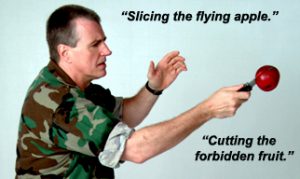
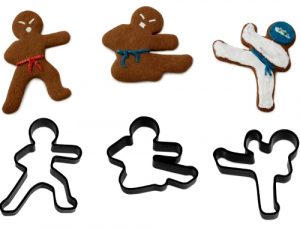
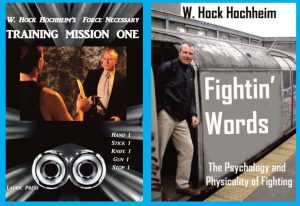
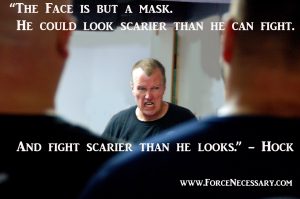
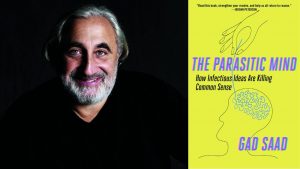

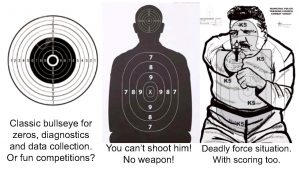
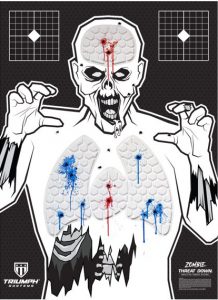
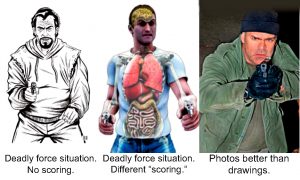
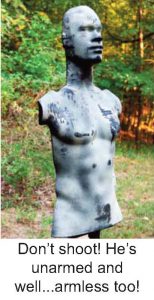
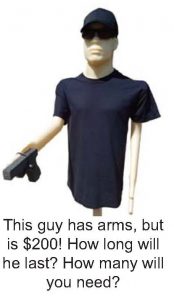
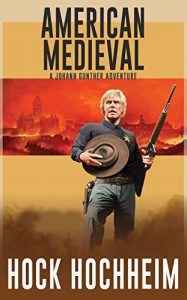
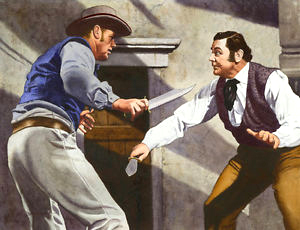
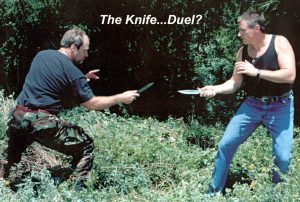
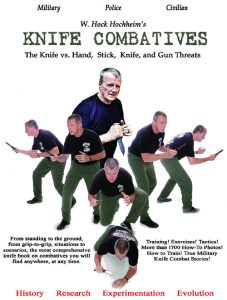
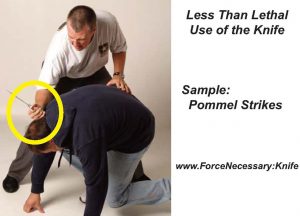
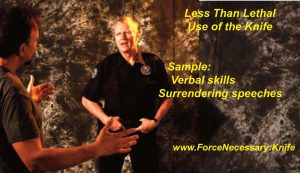
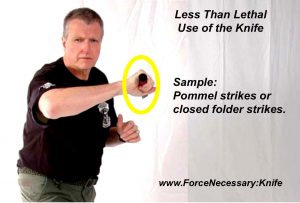
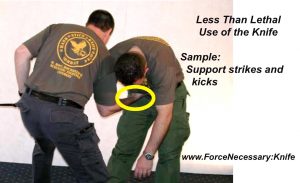
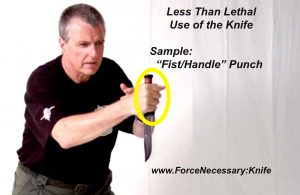
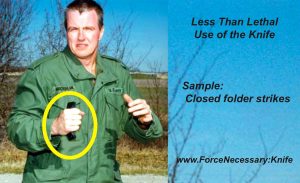
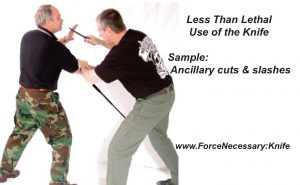
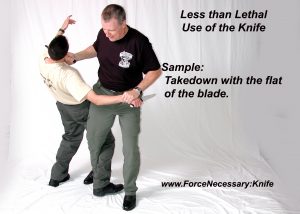
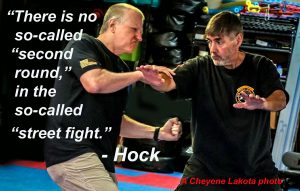
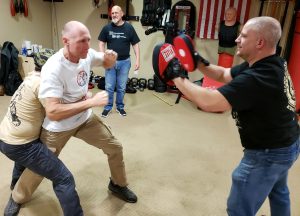

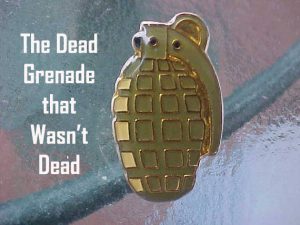
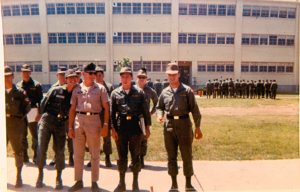
 When I stepped in the room, it looked like some 8 or 10 guys were pretty hurt. Another two or three were slightly hurt. Some laid dead still, mashed and abandoned. The room looked like, well, like a small bomb went off in it! I wandered around and tried to help out where I could, but the paramedics had done their triage assessment and were hard at work. Plus, some of the unit cadre were Nam vets and were already pitching in with the EMTs.
When I stepped in the room, it looked like some 8 or 10 guys were pretty hurt. Another two or three were slightly hurt. Some laid dead still, mashed and abandoned. The room looked like, well, like a small bomb went off in it! I wandered around and tried to help out where I could, but the paramedics had done their triage assessment and were hard at work. Plus, some of the unit cadre were Nam vets and were already pitching in with the EMTs.
